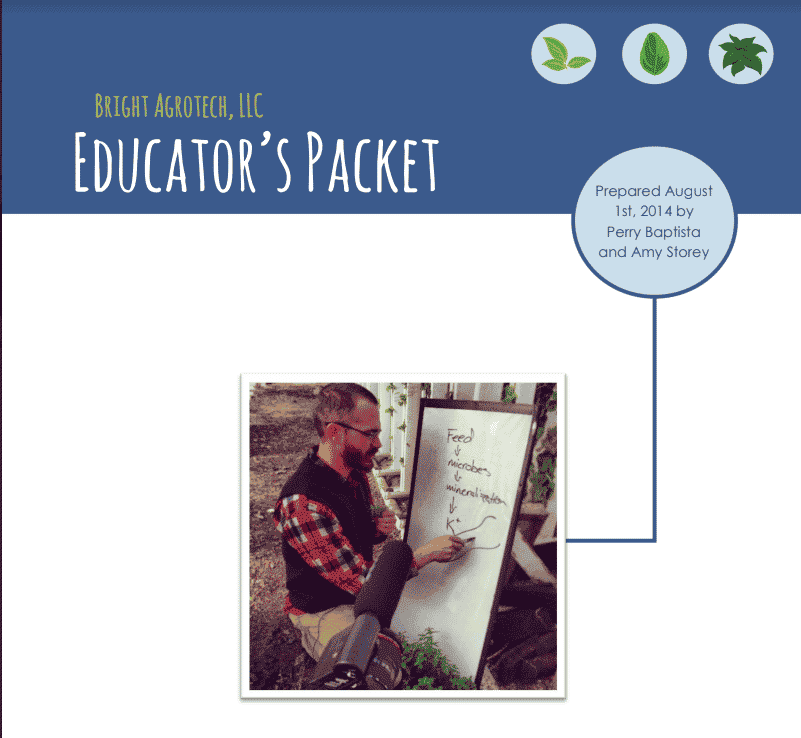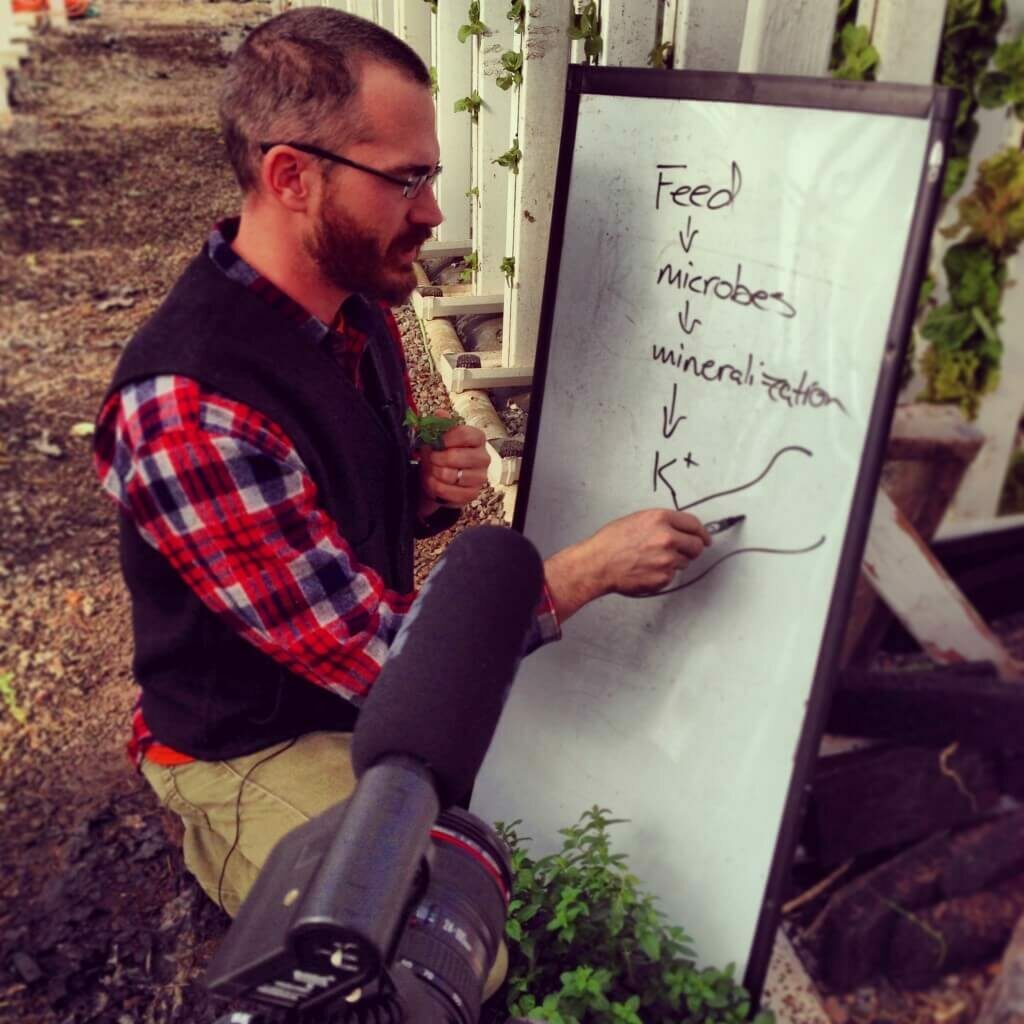Teaching STEM Through Hydroponics?
In previous posts, we’ve discussed why you should be using hydroponics in the classroom and even highlighted one of our most innovative educators.
Remember: hydroponics is a method of growing plants without the use of soil. Aquaponics, therefore involves growing plants without soil (i.e. hydroponics) using fish waste as an organic nutrient source (i.e. aquaculture).
Hydroponics and aquaponics incorporates every STEM field – Science, Technology, Engineering, and Math – in a fun, food-growing package that every student can relate to. (After all, everyone eats food, no matter what their background.)
But we get it.
You’re busy.
And you have questions.
-
- Where would you even start with a classroom hydroponic system?
- How would you incorporate it with your existing curriculum, let alone satisfy the looming demands of the Common Core?
- Will you need new lesson plans?
- Who else is even out there doing this?
Today, we’re excited to announce a new webinar on growing your STEM curriculum with these two types of growing techniques.
Here’s the deal…
Hydroponics and Aquaponics are a terrific addition to any classroom, any grade, any course.
We believe so strongly in the educational potential of these two plant production methods that we’re making it easy for you to get started by publishing high-quality resources and connecting you with existing educational growers through this webinar.
Learn from your fellow educators
This webinar will highlight Kevin Savage and Bob Hooper, two amazing teachers using aquaponics as a part of their classroom curriculum.
Innovative Science Curriculum in Cincinnati
Kevin Savage, a teacher at Cincinnati Hills Christian Academy, stumbled upon aquaponics somewhat accidentally several years ago.

He wanted “to do something unusual, quirky, and hands-on” with his students.
Just a few years later, Cincinnati Hills has a complete aquaponics lab with five different system types for student lab groups to interact with, follow, and experiment on.
He is currently developing a curriculum for a high school-level, introductory aquaponics course.
Mobile Classroom Farming in Flint
Bob Hooper isn’t just using hydroponics to encourage engineering among his K-6 students – he’s quite the innovator himself.
He’s designed the Farm On Wheels, a movable cart with a complete aquaponics farm.
The FOW, as it’s called, has been quite the hit at Flint Elementary School, where teachers are excited to get one in their classroom.
These teachers are nothing short of inspirational. We’ve greatly enjoyed talking to them, and we think you will, too.
Both will be present for a Live Q&A at the end of the webinar.
Hydroponics as a Component of Common Core
With Common Core standards looming, your hydroponics or aquaponics system can be an indispensable component of the curriculum.
A classroom setup meshes perfectly with all common core standards.
According to Bob Hooper:
We place student interaction within the Farm On Wheels, or FOW] within a four-part seasonal activity sequence of Preparation, Planting, Tending, and Harvest. These seasons can fit within whatever total time frame a teacher needs i.e. Marking Period, Semester, School Year or Calendar Year, as long as there is enough time to grow the plants. These seasonal activities loosely correlate to the four elements of typical state mandated science curriculum, (including Common Core/ NGSS) : Prep = Physical Science, Planting = Life Science, Tending = Earth/Space/Systems Science and Harvest = Engineering (including the introduction, use or conclusion of using the Scientific and Engineering method). This seasonal construct creates an intuitive schedule for lesson planning and events.
Connecting Curriculum Components
Moreover, a classroom hydroponics system ties each science curriculum together, allowing students to discover relationships and make associations between subjects. You’ll quickly find out most students will develop a sense of pride in their classroom farm and volunteer to care for the system for years to come.
Hands-on activities are available for every unit. No longer is pH an obtuse, difficult to grasp concept. No longer are plant and animal reactions something that only matter at the zoo, far away from home.
With hydroponic farming, it matters, and the success of their system depends on it.
We hope you join us for this free webinar where we’ll discuss even more curriculum resources and ideas to get you started.
Learn More about Boosting STEM Education with the Soil-Less Science Classroom
We discuss:
-
- Why hydroponics and aquaponics meshes so well with STEM education
- How classroom farms help students gain hands on experiences with practicum based teaching styles
- How to fund your Soil-Less Classroom farm
- What kind of curriculum currently exists for Soil-less Science projects
- Who’s already doing Soil-Less Science in their classrooms
- Some of the challenges and opportunities
- And much more!







